Everyone is making videos…
Why?
Well…
Probably because they’ve read all the blogs and articles all neatly stacked with facts on just how effective video is, they’ve heard pitches from their ad agency, their branding agency, their digital agency, their this that and the other agency, their internal communications and marketing teams, their production company, that guy who sells the coffee they like and just about everyone and anyone else on how they should be making more and more videos.
Making videos and animations is all well and good…
But what are you doing to measure the effectiveness and response of your audience to your video content?
“Huh? Oh, you mean views and likes, right?”
Uh…
No…
We are not talking about how many views you are getting on YouTube or how many likes your videos got on Facebook…
These are just two metrics you should be measuring but they don’t tell you anywhere near the whole picture on how effective your video is with your audience.
We are talking about benchmarking the performance of your videos and getting real and valuable insights on your audience engagement that will help you make better richer video content that is effective and generates results.
There are really 7 Basic Video Metrics you should be tracking to establish just how successful your video content has been and whether or not it has delivered against your video objectives.
1. View Count
Let’s start with the one everyone tracks and everyone knows…
View count tells you the raw number of how times your video has been viewed.
It’s how you get an indication of the reach of your video.
If your objective was to reach a million people and you got five million views – well done you’ve exceeded your target…
Sort of…
One thing to be aware of with view count is that different platforms measure it in different ways.
YouTube for example counts a view as the first 30 seconds of video…
Facebook counts just 3…
So, if you’re getting lots of views but very little response from your video it may be that somewhere between 3 and 30 seconds your audience… went somewhere else (probably to that cat video they saw) …
So, as you can see while it’s nice to know the potential reach of a video view count isn’t telling you the whole story…
2. Play Rate
Play rate is the measurement of how many viewers looked at the title and thumbnail of your video (or on Facebook the first 3 seconds) and were compelled enough to click play and start watching your video.
Play Rate is a good measure of how well you’ve done in making your video enticing for videos to watch.
You can increase the chance of having a better play rate measurement by trying any of the following:
Picking a more engaging, vibrant, eye catching and relevant thumbnail (don’t just go with the title screen… particularly if it’s just text on a plain background)
Picking a title that accurately communicates the content of the video (and it doesn’t have to be a sexy title either… Thinking about how you search for things on google is often a great way to come up with a literal title that people will find and latch on to).
Putting the video on a page on your website where it has more impact or relevance (instead of burying it amongst a host of content where it is ill defined in purpose).
3. Engagement
We really value and put a fair bit of stock in engagement as a measurement for video.
Engagement will show you how much of a particular video an individual viewer watched you can then compare this with the average engagement which shows how much of your video all your viewers watched…
If all your viewers were viewing till the end – happy days you made a great video! If they are dropping off before your call to action you can analyse the point at which they drop off.
This is useful because it means you can rework the content (perhaps by making it shorter or cutting out a section that bored your audience) redistribute and redeliver it and see if it now performs better. Thus, taking a campaign which could have been a disaster and instead ensuring it was a success.
Engagement usually also includes heat maps which show you sections of the video where a viewer stopped, re-watched or replayed a section of your video. This is also useful as it can highlight portions of your video that viewers found of significant interest.
With this knowledge, you might generate new material that amplifies that part of the story or tells viewers more, maybe you run cut down versions of that material on social where you know they will attract more views…
The possibilities are endless.
4. Social Shares
A fairly obvious and important metric these days is knowing how many people are sharing your video content and across which social channels are they sharing.
Social sharing is often a great way of amplifying views and is a solid measurement of how appealing your video is to others (they liked it enough to share it… people in their network shared it also… etc.)
It’s important with social sharing however not just to measure how many shares and how many likes… Another crucial and often overlooked element is how much comments your video generated on social media and measuring the percentage of positive and negative comments.
5. CTR – Click Through Rate
Click through rate is not a metric unique to video and as such most marketers already understand its value.
It basically shows the percentage of viewers who clicked on a call to action and where engaged enough to go where you planned on taking them.
Your CTR doesn’t guarantee that a viewer will take action but it shows that your video engaged them enough to consider it.
CTR also gives you a good indication of who has watched your content through to the end.
If you are receiving a poor CTR you could try making your call to action stronger, more persuasive and relevant to the content in your video.
6. Conversion Rate
Conversion is a vital metric to track if you are producing product videos or other videos that have the specific goal of increasing your conversion rate.
Conversion rate measures the number of leads or customers you have gained thanks to your video content.
This might be measured by them filling in a roll over form at the end of your video where they enter their email address and contact details, or if you drove them to a point of purchase where they clicked through and bought a product.
7. Feedback on your videos
Reading the comments and feedback left by your target audience on your content is a great way of generating a qualitative measurement of how effective it was with your audience.
It’s a great way in particular to measure the emotional response to a piece of content (whether that response is good or bad).
You may not find many direct ways to improve your content from this metric but you will know how your audience feels and you’ll certainly know when your content has missed the mark.
In closing – measuring the effectiveness of your video is as important as benchmarking any of your other marketing channels.
If you are only looking at views and likes you are not getting the whole picture and you are more than likely missing out on lots of opportunities to make your video content more effective.



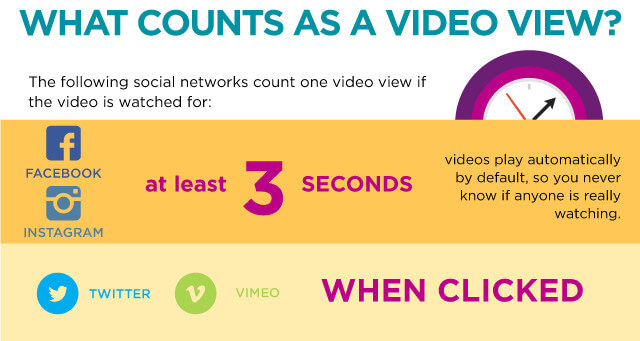
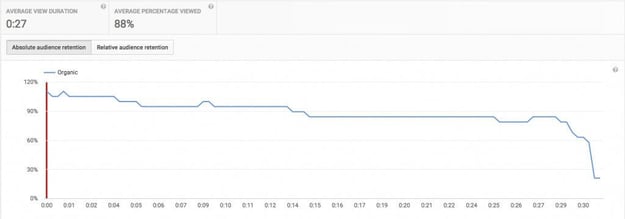
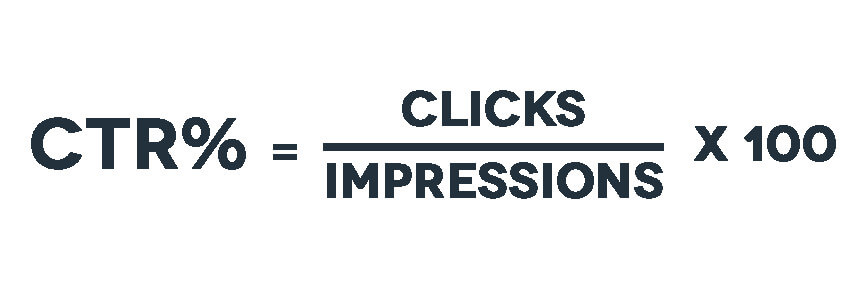
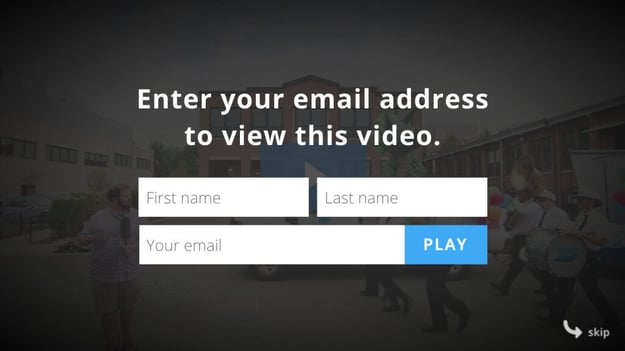
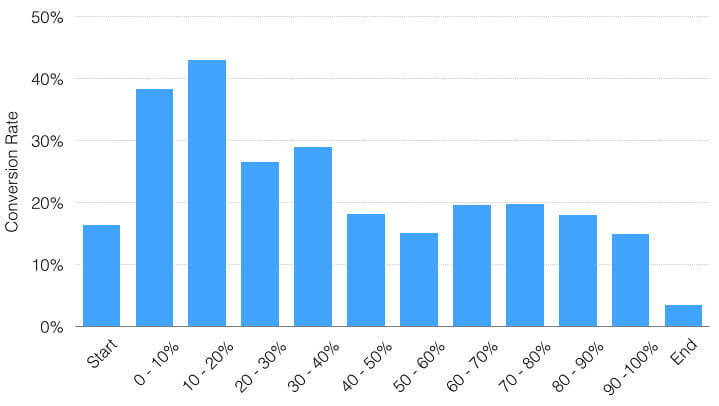

.svg)
